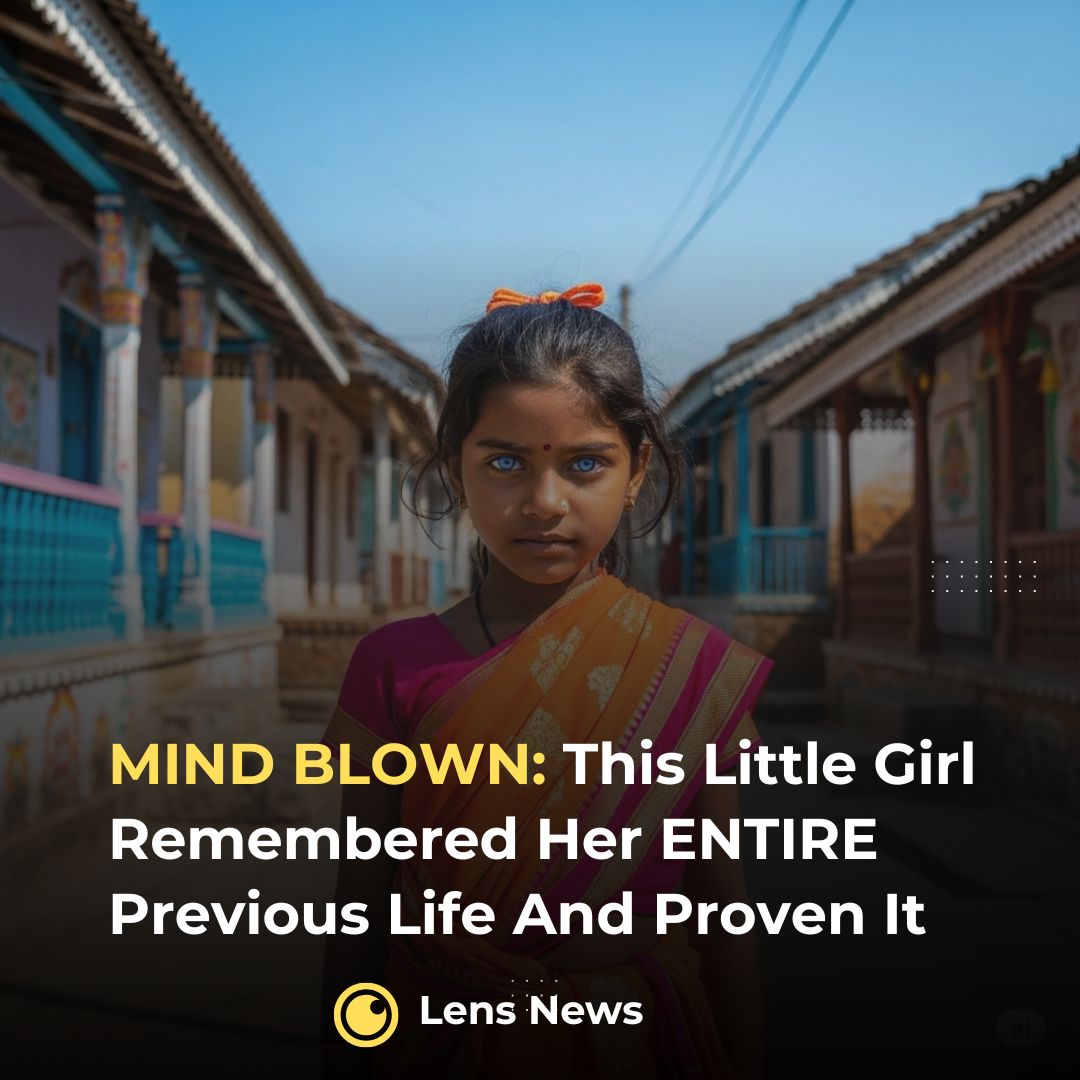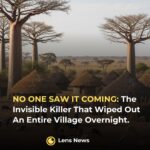This child’s story will send chills down your spine. She didn’t just ‘make up’ memories; she recalled a detailed past life, proving she was someone else entirely. The astonishing case of Swarnlata Mishra is truly beyond belief.
In the mid-20th century, a remarkable case emerged from India that would challenge conventional understanding of memory and consciousness: the story of Swarnlata Mishra, a young girl who, from a very early age, claimed to vividly recall a previous life. Her detailed accounts, later investigated by prominent researchers, remain one of the most compelling narratives in the study of alleged past-life memories.
Born in 1948 in Shahpur, India, Swarnlata began exhibiting unusual behavior around the age of three. She would speak of another family, another home, and an entirely different life in a distant town. Her parents, initially perplexed, listened as she provided increasingly specific details about a woman named Biya Pathak, who she claimed to have been.
Swarnlata described Biya’s life in the town of Katni – approximately 100 miles away – including details of her husband, sons, the layout of her house, and even specific items within it, such as a black-painted gate and a particular type of sweet shop nearby. She also recalled the illness that led to Biya Pathak’s death.
What made Swarnlata’s case particularly striking was her uncanny ability to recognize people and places she had supposedly never encountered in her current life. When taken to Katni, she reportedly navigated directly to Biya Pathak’s former home, recognized family members, and even identified specific items and areas within the house that only someone intimately familiar with it would know. She also displayed emotional reactions appropriate to the relationships she claimed to have had, embracing Biya’s sons and reacting with sadness at the sight of her “former” husband.
Dr. Ian Stevenson, a psychiatrist from the University of Virginia renowned for his extensive research into cases of apparent reincarnation, thoroughly investigated Swarnlata’s claims. His detailed documentation included interviews with Swarnlata, her family, and the Pathak family in Katni. Stevenson noted the impressive accuracy of Swarnlata’s recollections and the difficulty in explaining them through conventional means like fraud, cryptomnesia, or familial influence, given the distances and lack of prior contact between the families.
While mainstream science generally remains skeptical, seeking conventional explanations, the case of Swarnlata Mishra continues to be a cornerstone in the ongoing debate about consciousness, memory, and the possibility of reincarnation. Her story highlights the profound mysteries that sometimes emerge from the human experience, challenging us to consider what truly lies beyond our current understanding.






